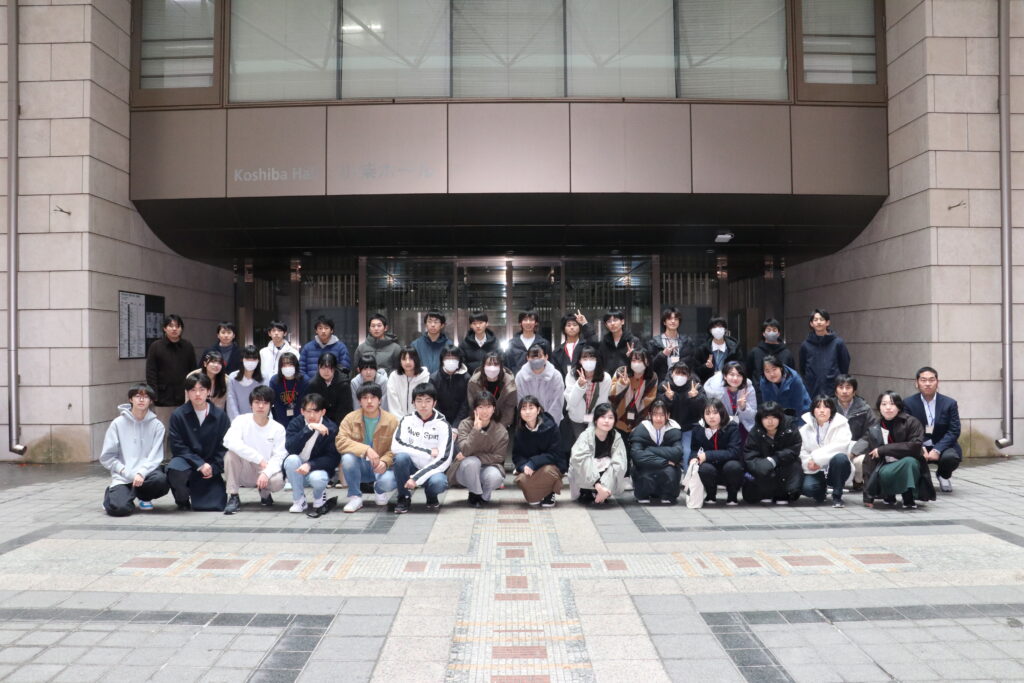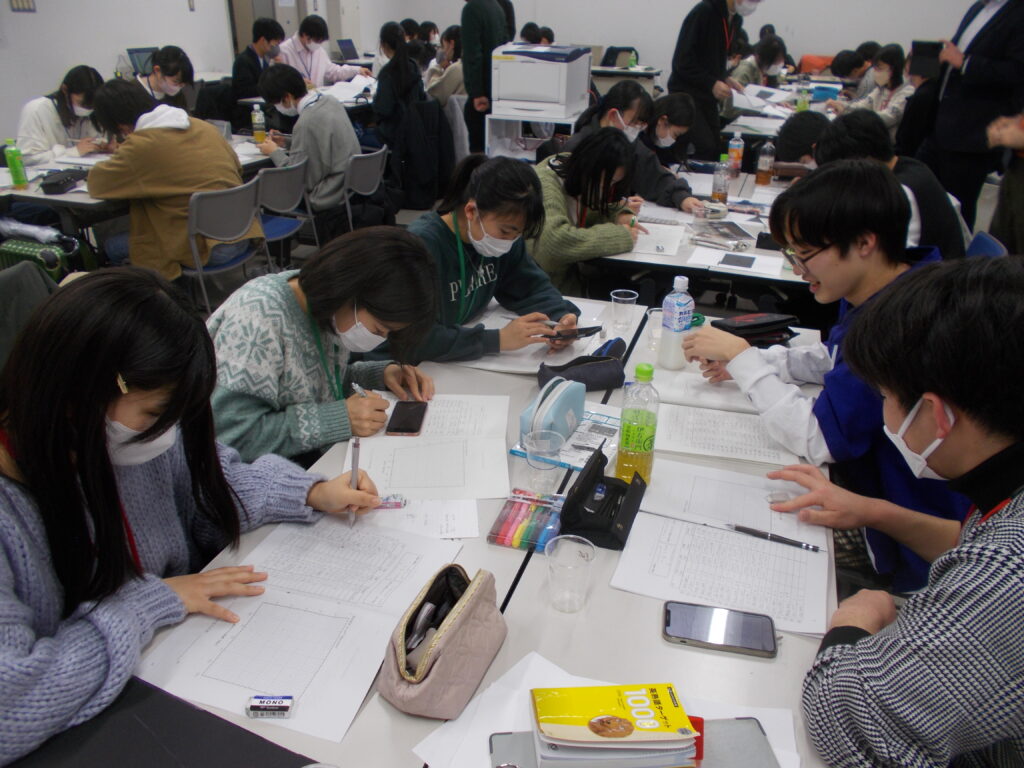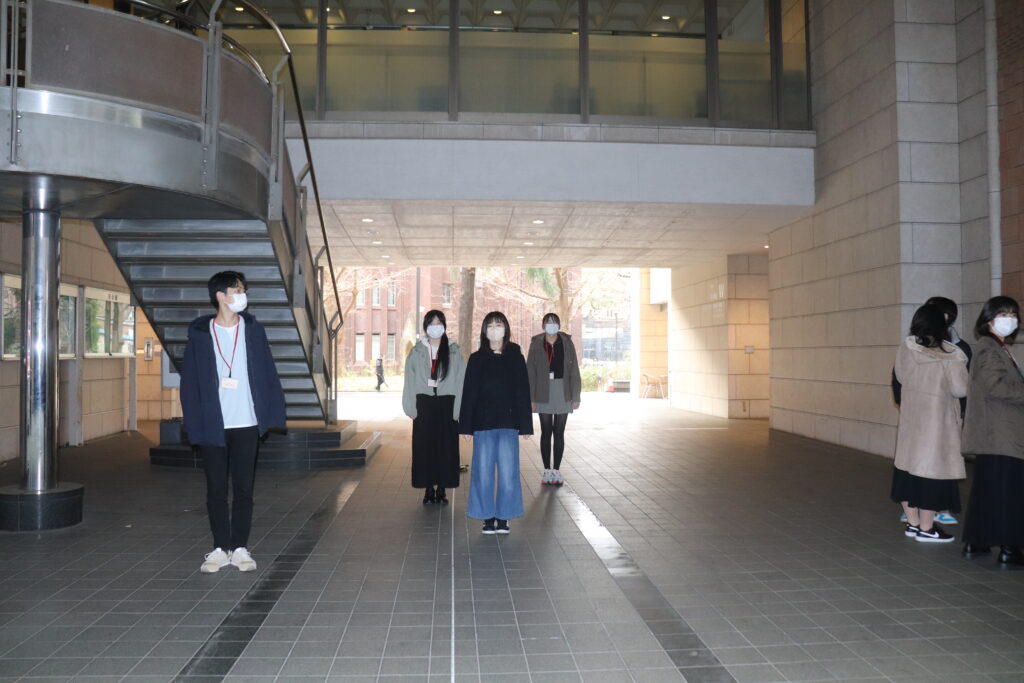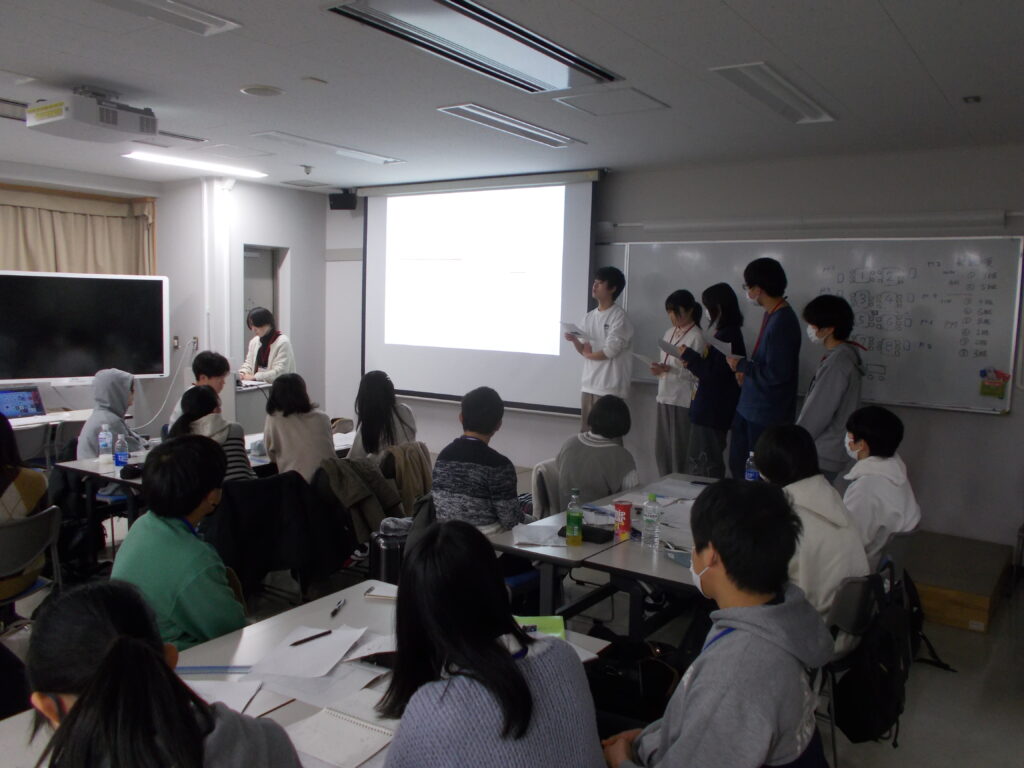On February 20, 2024 (Tue.), a book by Professor Shogo Tachibana of the UTOPS, titled “What did Hayabusa2 bring back?” was published.
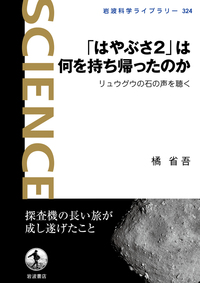
Please refer to the following URL for details.
On February 20, 2024 (Tue.), a book by Professor Shogo Tachibana of the UTOPS, titled “What did Hayabusa2 bring back?” was published.

Please refer to the following URL for details.
UTokyo Organization for Planetary Space Science (UTOPS) cooperated with the “Special Exhibition of Asteroid Itokawa and Ryugu Samples in Akashi” held from January 27 (Sat) to February 18 (Sun), 2024, at the 3rd floor exhibition room “Astronomy Gallery” of Akashi Municipal Planetarium.
Samples from the asteroid Itokawa, brought back to Earth by the asteroid explorer Hayabusa in June 2010, and samples from the asteroid Ryugu, brought back to Earth by the asteroid explorer Hayabusa2 in December 2020, were displayed side by side.
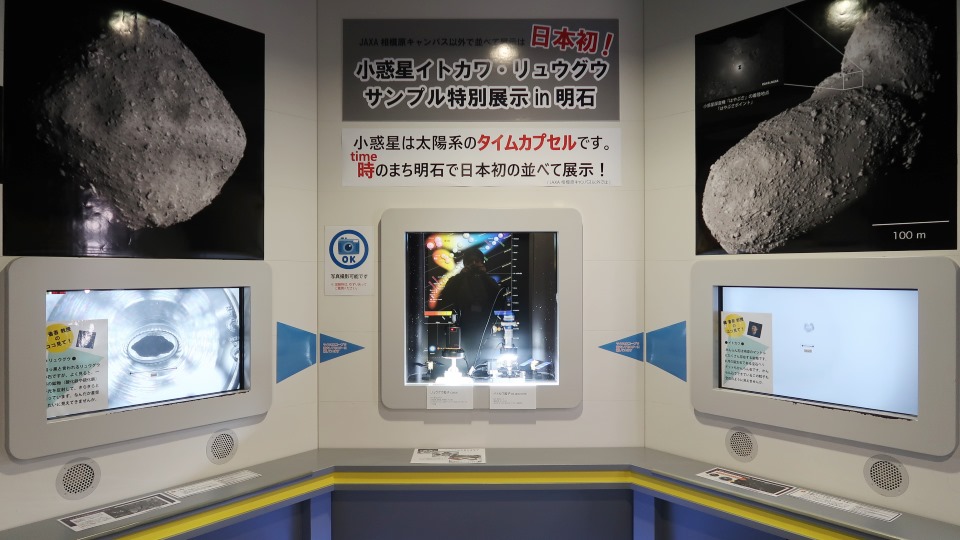
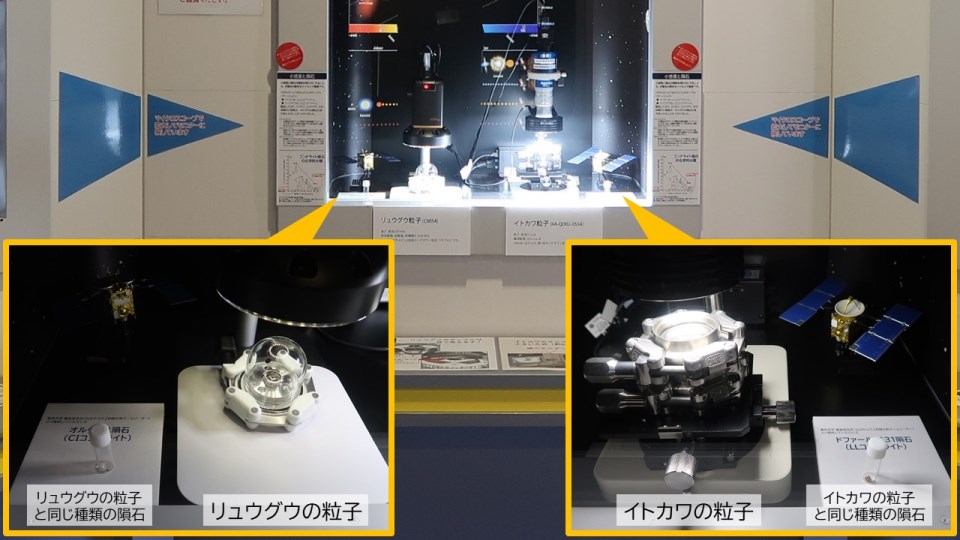
In conjunction with the exhibition, Professor Shogo Tachibana gave a lecture entitled “What the Stones of Asteroid Ryugu Have Begun to Tell Us” on January 28, 2024, at the planetarium dome on the second floor of the museum.
For details, please refer to the following URL.
We co-organized the Solar System symposium in Sapporo 2024 from February 13 (Tue.) to 15 (Thu.), 2024, at the Rusutsu Resort in Hokkaido, Japan.
About 40 participants from Japan and overseas discussed the formation and early evolution of the solar system.

On the second day, February 14 (Wednesday), we invited Professor Harold C. Connolly Jr., OSIRIS-REx Mission Sample Scientist, to give a lecture on the return samples from the asteroid Bennu.

Please refer to the following URL for details.
Prof. Shogo Tachibana of UTOPS gave a lecture at the Winter School “Small bodies of the Solar System and their link with extraterrestrial samples” held in Les Houches, France from February 4 (Sun.) to February 9 (Fri.), 2024.
For details, please refer to the following URL.
https://leshouches2024.sciencesconf.org/
Translated with www.DeepL.com/Translator (free version)
Joint Press Release
Masahiro Hoshino (Professor, Department of Earth and Planetary Sciences )
Takanobu Amano, Associate Professor, Department of Earth and Planetary Science
A research group led by Masanori Iwamoto, Project Assistant Professor at the Institute for Fundamental Physics, Kyoto University, Yosuke Matsumoto, Associate Professor at the International Advanced Research Institute, Chiba University, Takanobu Amano, Associate Professor at the Graduate School of Science, University of Tokyo, Masahiro Hoshino, Professor at the Graduate School of Science and Engineering, Kyushu University, and Shuichi Matsukiyo, Professor at the Interdisciplinary Graduate School of Science and Engineering, Kyushu University, has successfully reproduced high-speed radio bursts using the supercomputer “Fugaku”.
A fast radio burst is the largest radio explosion in the universe, which suddenly shines in radio waves for a very short time. They are believed to originate from shock waves formed around neutron stars with extremely strong magnetic fields called magnetars, but until now there has been no theoretical support for this belief. The results of this very large-scale simulation of the shock wave by Fugaku have demonstrated for the first time that the radio waves in the simulation are consistent with previous observations and correctly reproduce fast radio bursts.
Since the radio signals of fast radio bursts contain information about the universe they pass through, it is thought that they can be used as a tool to explore the evolution and structure of the universe. To this end, it is important to understand where and how fast radio bursts are generated, and this research is expected to make great strides in this direction and to have a ripple effect on other fields such as cosmology.
The results of this research were published online in the U.S. international journal Physical Review Letters on January 16, 2024.
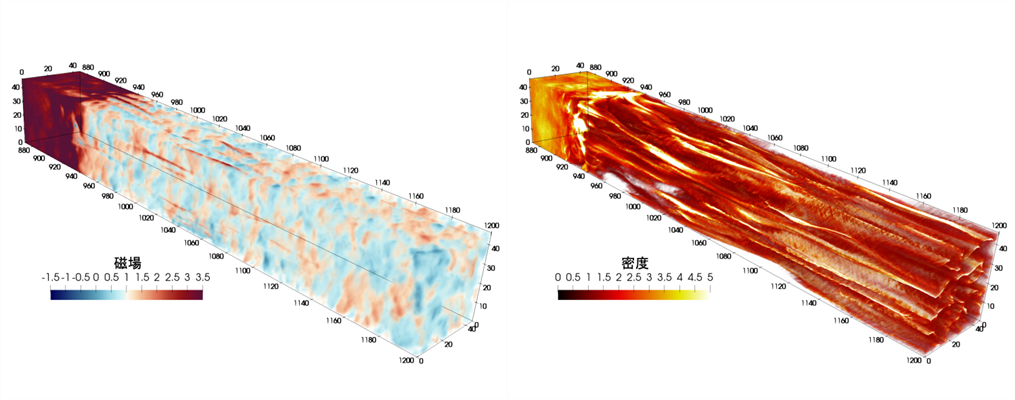
For more information, please refer to the following
Graduate School of Science web: https://www.s.u-tokyo.ac.jp/ja/press/10211/
Publication URL: https://journals.aps.org/prl/abstract/10.1103/PhysRevLett.132.035201
On Tuesday, January 23, 2024, Professor Shogo Tachibana of UTOPS gave a talk on Ryugu and Hayabusa2 to fifth graders at Nakamura Elementary School in Nerima Ward, Tokyo.
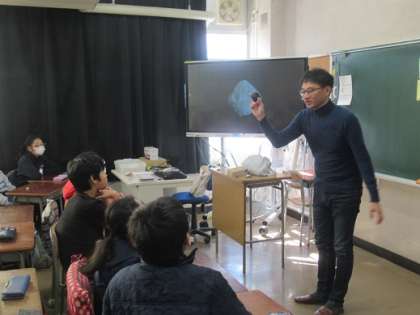
From the first to the fourth period, we went around to each class and interacted with energetic children.
Please refer to the following URLs 「宇宙のお話1」「宇宙のお話2」 for the scenes of the day.
Joint Press Release
Shogo Tachibana (Professor, Department of Earth and Planetary Science, ISAS)
Since the surface of an asteroid is not covered by an atmosphere, solar winds and cosmic dusts fall on the asteroid and change the chemical composition and other characteristics of materials on the asteroid’s top surface. A research team led by Assistant Professor Megumi Matsumoto and Professor Tomoki Nakamura of the Department of Earth Sciences, Graduate School of Science, Tohoku University, in collaboration with Ritsumeikan University, Kyoto University, the University of Tokyo, and others, observed the surface of rock particles brought back from the asteroid Ryugu by the Hayabusa2 probe using a scanning electron microscope, and found that the surface of the asteroid is covered with molten materials of 5 to 20 micrometers in size, formed when small cosmic dust particles hit the asteroid. The team discovered several melts of 5 to 20 micrometers in size, which were formed by the impact of small cosmic dust particles on the asteroid’s surface. 3D CT observation and chemical composition analysis of the melts revealed that they were formed by the melting and mixing of dust from the impacting comet and Ryugu’s surface material at high temperatures.
Comets form in the distant part of the solar system and are known to contain a large amount of organic matter that could be the material for life. The formation of molten material from cometary dust impacts likely occurred in the orbit of the present-day asteroid Ryugu about 5 million years ago, suggesting that Ryugu was supplied with cometary dust containing organic matter from distant parts of the solar system until very recently.
The results of this study were published on January 19, 2024 in Science Advances, a journal published by the American Association for the Advancement of Science (AAAS).

For more information, please refer to the following
Graduate School of Science web: https://www.s.u-tokyo.ac.jp/ja/press/10185/
Publication URL: https://www.science.org/doi/10.1126/sciadv.adi7203
On January 20 (Sat.) and 21 (Sun.), 2024, we held an astronomy training for students from Suwa Seiryo High School, Suwa Futaba High School, Matsumoto Misuzugaoka High School in Nagano Prefecture, and Ena High School in Gifu Prefecture. The students estimated the distance to galaxies from photographs of galaxies and used the recession speeds of these galaxies to determine the age of the universe.
